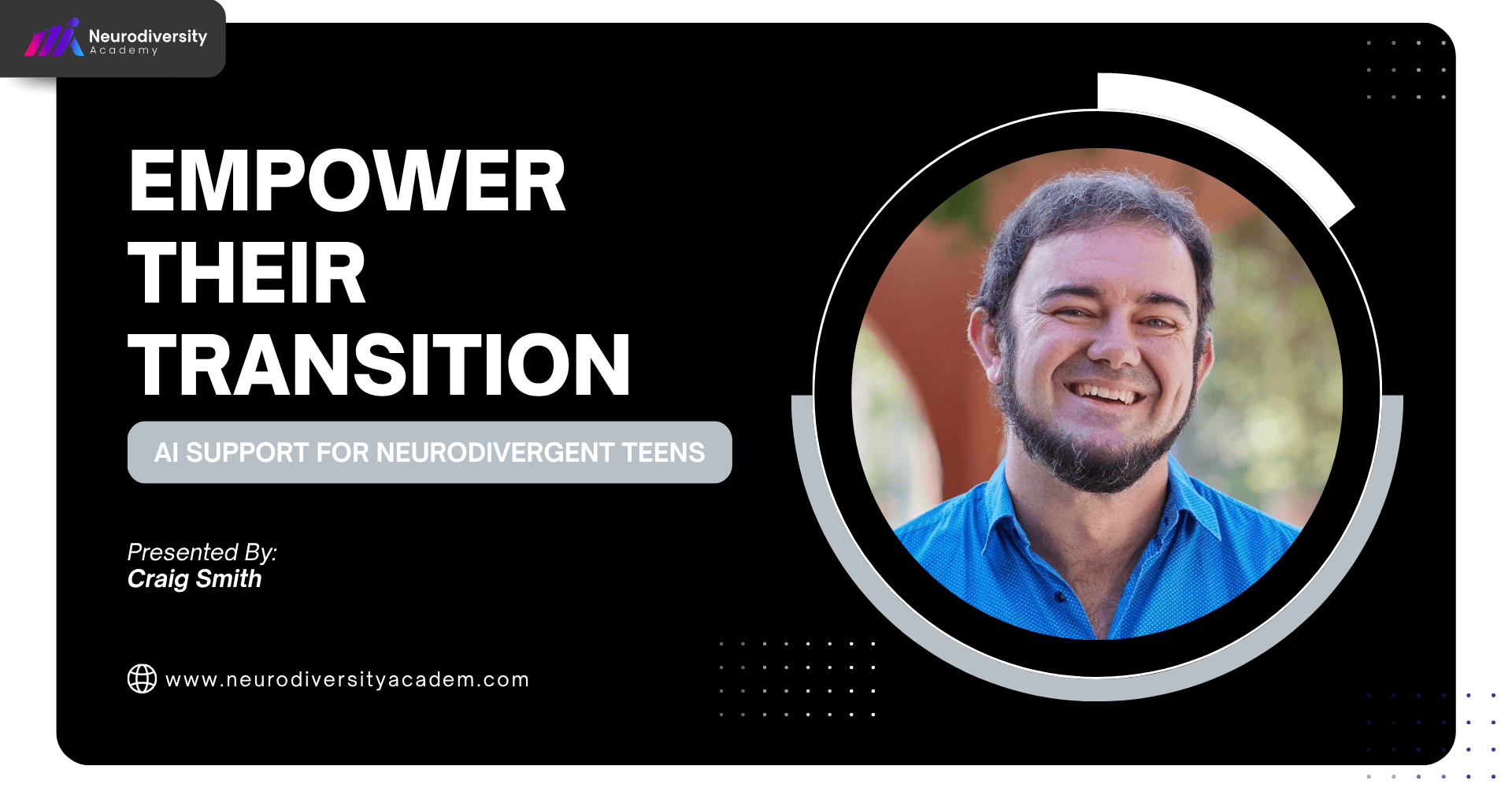Lifting the Mask: Understanding the Impact of Masking on Neurodivergent Individuals
For many neurodivergent people, surviving in a world built for neurotypical norms often requires a complex, exhausting practice: masking. Masking involves suppressing or hiding one’s natural behaviours in order to appear more socially acceptable. This might mean mimicking eye contact, scripting conversations, forcing smiles, or copying tone and gestures.
While masking may help individuals avoid judgment or exclusion in the short term, it can come at a significant emotional and psychological cost. In this article, we explore what masking is, why it happens, and how we can create spaces where authenticity is welcomed and supported.
What is Masking?
Masking is a form of social camouflage. It is most commonly discussed in the context of autism but can apply to people with ADHD, anxiety, or other neurodivergent conditions. For example, someone with ADHD might try to sit still for long periods or refrain from interrupting, even though their brain is urging them to move or speak.
Masking is often learned early. Many neurodivergent children receive clear social messages—through peers, teachers, or media—that their natural behaviours are “wrong” or “weird.” To cope, they adapt by hiding their differences.
Why Do People Mask?
People mask for many reasons:
- To fit in socially
- To avoid bullying or exclusion
- To succeed at school or work
- To protect themselves from misunderstanding or discrimination
Sometimes, masking becomes so habitual that individuals don’t realise they’re doing it. They may only notice its effects—fatigue, anxiety, or disconnection from their identity.
The Psychological Cost
Masking can lead to “autistic burnout” or emotional exhaustion caused by the constant pressure to conform. This burnout isn’t the result of overwork in a traditional sense but of sustained self-suppression. It can present as depression, shutdowns, physical illness, or loss of functioning.
Long-term masking has also been linked to:
- Anxiety and panic disorders
- Depression and suicidal ideation
- Identity confusion and dissociation
- Delayed diagnosis or misdiagnosis
When someone spends years pretending to be someone else, it’s no surprise that their mental health suffers.
The Gendered Nature of Masking
Research suggests that women and non-binary people are more likely to mask than men—possibly contributing to underdiagnosis in these groups. Girls, in particular, may be socialised to “blend in,” making it harder for teachers and clinicians to recognise neurodivergence.
This is why more adults are receiving diagnoses later in life—often after years of burnout or misdiagnosed mental health conditions. Understanding masking helps professionals better identify and support diverse presentations of neurodivergence.
Masking in Schools and Workplaces
Educational and professional settings can unintentionally reinforce masking. Rules that require “good eye contact,” penalise stimming (repetitive movements), or demand constant participation favour neurotypical behaviours.
Reinforcement of reward systems for neurotypical students are exacerbated by non-inclusive K-12 syllabus frameworks, which set rigid assessment subjects and criteria performance which do not align with neurodivergent capabilities. Nor are these frameworks designed for flexibility to build on their strengths for academic success and improved self-worth. Often masking or absenteeism is used to cover these perceived inadequacies.
In the workplace, expectations around socialising, multitasking, or adapting quickly can pressure employees to hide their needs. When disclosure feels unsafe, masking becomes a survival tool.
Unfortunately, the cost is often disengagement, high turnover, or hidden distress.
Creating Spaces Where Masking Isn’t Necessary
The best way to support neurodivergent people is to build environments where they don’t feel they need to mask in the first place. This includes:
- Normalising different ways of communicating
- Allowing stimming or movement, and sensory toys or devices in class or meetings – this must be individually led if possible
- Offering written instead of verbal participation
- Multimodal communications – as needed on a case by case basis
- Encouraging disclosure and protecting privacy
- Listening without judgment to both questions for clarification or contributions
When people are accepted as they are, they begin to feel safe enough to drop the mask. That’s when real learning, collaboration, and creativity can begin.
The Power of Authenticity
Authenticity is not just beneficial for neurodivergent individuals—it’s healthy for everyone. When people feel they can bring their whole selves to a space, they engage more deeply, think more freely, and build stronger relationships.
Unmasking is a journey, not a moment. It takes time, trust, and often community support. For many neurodivergent individuals, the first time they meet someone like themselves is a transformative experience. It validates their identity and gives them permission to be fully human.
Supporting the Unmasking Process
If you’re a parent, educator, or manager, you can support unmasking by:
- Asking how someone prefers to communicate or work
- Avoiding assumptions about behaviour
- Offering options rather than enforcing uniformity
- Being patient when someone begins to express themselves more openly
And if you’re neurodivergent yourself, know that masking does not mean you’re inauthentic. It means you’ve adapted in order to survive. That in itself is a powerful strength—but you deserve to thrive, not just survive.
Masking is a deeply ingrained and often invisible part of many neurodivergent lives. It reflects the pressure to conform in environments that don’t yet understand or accommodate difference. But change is possible—and it begins with awareness, acceptance, and action.
By lifting the mask, we create space for people to live more freely, fully, and authentically. Let’s build schools, workplaces, and communities where everyone can show up as themselves—and know they are enough.
Author Acknowledgement: Based on the original work by Leanne Gaul





